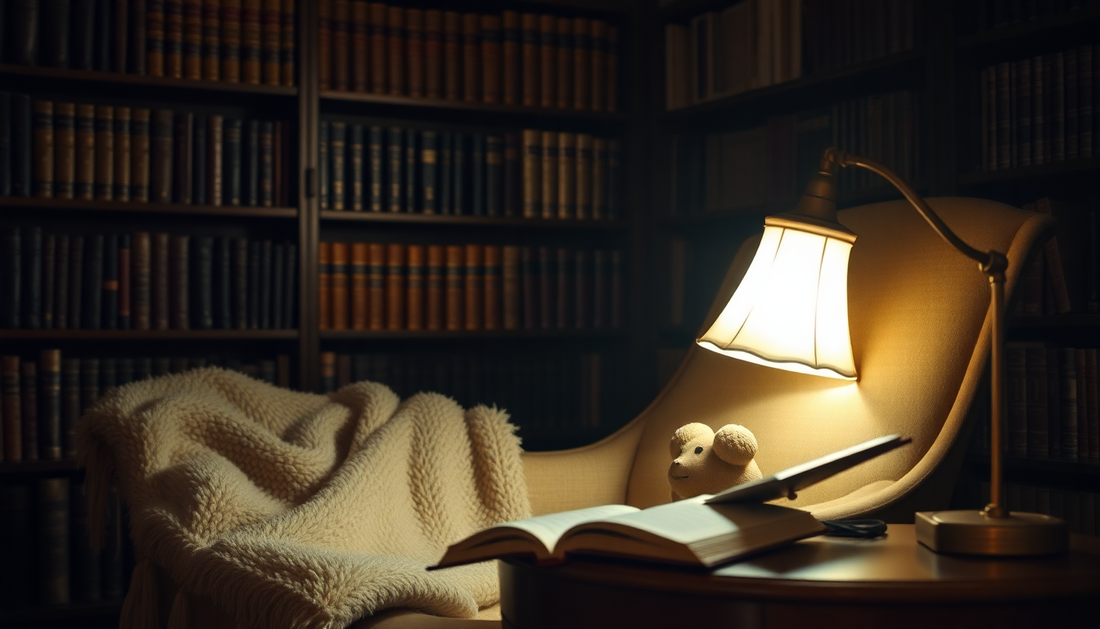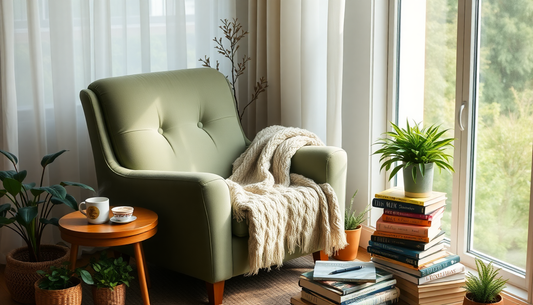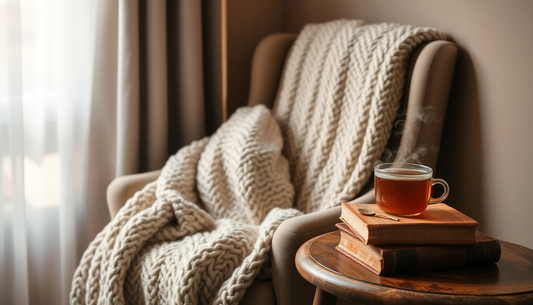
Illuminate Your Late-Night Reading: A Guide to Choosing the Perfect Lighting
In the cozy confines of Bookish, a haven for bibliophiles, the soft glow of lamps casts a warm embrace over the shelves, inviting readers to lose themselves in the written word. As the sun dips below the horizon, the importance of choosing the right lighting for late-night reading becomes paramount, for it can make the difference between a captivating experience and one that leaves your eyes strained and your mind unsatisfied.
The Importance of Lighting for Late-Night Reading
Lighting plays a crucial role in our reading experience, affecting not only the ambiance but also our physical and mental well-being. Inadequate lighting can lead to eye strain, headaches, and even disruptions to our natural sleep-wake cycle. Conversely, the right lighting can enhance our focus, improve our mood, and create a cozy, inviting atmosphere that encourages us to linger longer with our beloved books.
The Science Behind Lighting and Reading
The human eye is a remarkable organ, capable of adapting to a wide range of lighting conditions. However, prolonged exposure to improper lighting can take a toll. Bright, glaring lights can cause the pupils to constrict, leading to eye fatigue and discomfort. Conversely, dim lighting can strain the eyes as they work harder to discern the text on the page.
Optimal lighting for reading should provide a balance of brightness and warmth, allowing the eyes to relax and the mind to focus. The color temperature of the light, measured in Kelvin (K), plays a significant role in this equation. Warmer, lower-Kelvin lights (2700K-3000K) are generally more soothing and conducive to relaxation, while cooler, higher-Kelvin lights (4000K-6500K) can be more stimulating and energizing.
The Psychological Impact of Lighting
Beyond the physical effects, lighting also has a profound impact on our psychological state. Warm, cozy lighting can evoke feelings of comfort and calmness, while bright, harsh lighting can contribute to stress and anxiety. This is particularly important for late-night reading, as the right lighting can help us unwind and transition into a more relaxed state, priming our minds for a deeper, more immersive reading experience.
Choosing the Perfect Lighting for Late-Night Reading
With an understanding of the importance of lighting for late-night reading, let's explore the various options and considerations to help you create the perfect reading nook.
Lamps and Lighting Fixtures
Lamps and lighting fixtures are the backbone of any well-lit reading space. When selecting the right lamp, consider factors such as:
- Lamp Type: Table lamps, floor lamps, and wall-mounted sconces all offer unique advantages. Table lamps provide focused, direct lighting, while floor lamps and sconces can create a more ambient, diffused glow.
- Bulb Type: LED and incandescent bulbs offer different color temperatures and energy efficiency. LEDs are generally more energy-efficient and offer a wider range of color temperatures, making them a popular choice for late-night reading.
- Adjustability: Look for lamps with dimmable features or adjustable heads, allowing you to fine-tune the brightness and direction of the light to suit your needs.
Placement and Positioning
The placement and positioning of your lighting fixtures can greatly impact the overall ambiance and functionality of your reading space. Consider the following:
- Proximity to the Reading Area: Position your lamps close enough to provide ample illumination, but not so close that they create harsh shadows or glare.
- Angle and Direction: Angle your lamps to direct the light towards your reading material, avoiding direct glare in your eyes.
- Ambient Lighting: Incorporate additional sources of ambient lighting, such as wall sconces or floor lamps, to create a warm, inviting atmosphere.
Complementary Lighting Elements
To further enhance your late-night reading experience, consider incorporating additional lighting elements:
- Task Lighting: Strategically placed task lighting, such as clip-on book lights or reading lamps, can provide focused illumination for your book without disturbing the overall ambiance.
- Accent Lighting: Subtle accent lighting, such as string lights or recessed lighting, can add depth and character to your reading nook, creating a cozy and inviting atmosphere.
- Natural Lighting: If possible, position your reading space near a window to take advantage of natural light during the day, and consider incorporating blackout curtains or blinds to control the lighting in the evening.
Crafting the Perfect Reading Nook
With the right lighting in place, you can create a cozy and inviting reading nook that will become your personal sanctuary. Consider the following tips to elevate your late-night reading experience:
- Comfortable Seating: Invest in a plush armchair or chaise lounge that encourages you to sink in and lose yourself in your book.
- Cozy Textiles: Add soft, plush textiles, such as throw blankets and pillows, to create a warm and inviting atmosphere.
- Personalized Touches: Incorporate personal touches, such as framed artwork, plants, or a small side table for your favorite beverages, to make the space truly your own.
- Noise-Cancelling Elements: Consider adding elements that can help minimize distractions, such as a white noise machine or noise-cancelling headphones.
By carefully curating the lighting and ambiance of your reading nook, you can transform a simple space into a haven that nourishes both your body and your mind, allowing you to fully immerse yourself in the magic of the written word, even as the world outside fades into the night.


